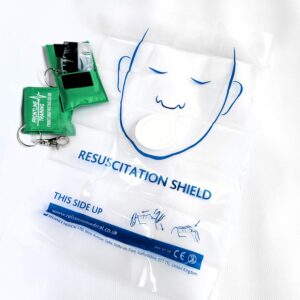Fainting
People may experience fainting when there’s insufficient blood flow to the brain. Discover the potential causes of fainting and learn how to respond

Emergency Advice ⚠️
If someone has fainted:
- Lay them down.
- Kneel beside them.
- Elevate their legs.
- Ensure they have fresh air and monitor their responsiveness.
- If their recovery is slow, treat them as unresponsive.
What is it?
Fainting occurs when an individual briefly loses consciousness, typically resulting in a temporary collapse. This happens because, for a brief moment, there is insufficient blood flow to the brain. People may faint in response to factors such as pain, exhaustion, hunger, or emotional stress. Additionally, prolonged standing or sitting, especially in warm conditions, can contribute to people fainting.
Recognition features
Signs and symptoms
Keep an eye out for:
- The person might experience a momentary loss of consciousness, potentially resulting in a fall to the ground.
- Potentially a slow pulse.
- Possible pale, cold skin and sweating.
Treatment
- Advise them to lie down.
If the person appears dizzy, you may need to assist and support them to lay down. Be careful to ensure they do not cause you injury if they suddenly collapse
- If possible, elevate their legs slightly using a stool, cushions, or pillows. Make sure they get plenty of fresh air, and ask other people to stand back.
- Reassure them and help them to sit up slowly over a few minutes when they feel better.
If they start to feel worse or deteriorate when sitting up, repeat step 2
- If they stay unresponsive, open their airway, check their breathing, and prepare to treat someone who is unresponsive.
Train with us
This subject is covered in detail on the following courses that we offer:
Be prepared for anything with our first aid supplies 👀
-
 Universal First Aid Kit£15.00
Universal First Aid Kit£15.00 -
 First Aid Kit – Refill£7.95
First Aid Kit – Refill£7.95 -
 CPR Face Shield Key Ring£3.50
CPR Face Shield Key Ring£3.50



